Gardening time is almost here! Are you ready to get outside and begin planting and watching those veggies grow?
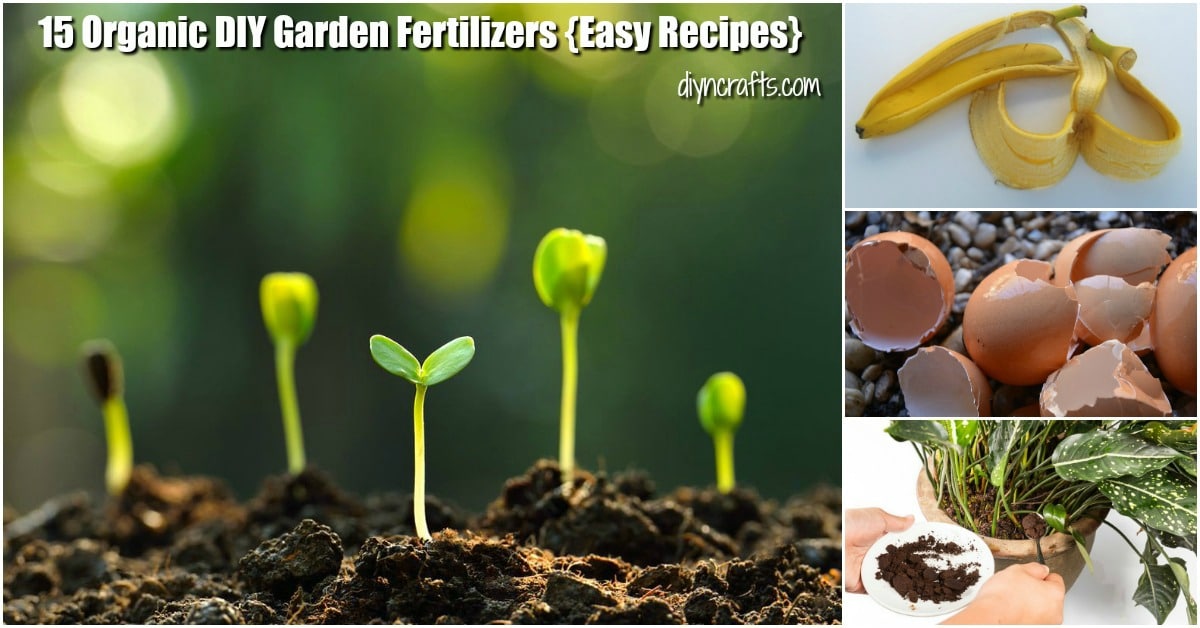
I love gardening and cannot wait until I get to put that first seed in the ground.
Since it’s nearly time to get started on our gardens, I thought I would share some great gardening recipes with you – that will help you to avoid chemical fertilizers.
Jump to:
- 1. Coffee Grounds Fertilizer
- 2. DIY Molasses Fertilizer
- 3. Organic Tea Fertilizer
- 4. Straight Epsom Salt Fertilizer
- 5. Seaweed Fertilizer
- 6. Grass Clippings Tea
- 7. Gelatin Fertilizer
- 8. Banana Peel Fertilizer
- 9. DIY Fish Emulsion Fertilizer
- 10. Egg Shell Fertilizer
- 11. Quick Fix Fertilizer Tea
- 12. Fireplace Ash Fertilizer
- 13. Manure Tea
- 14. Vinegar Fertilizer
- 15. DIY Bone Meal Fertilizer
- Conclusion
1. Coffee Grounds Fertilizer
Let’s start with coffee because well, you really need coffee, right? Most of us have coffee grounds leftover every day…I know I do. So, you’ll use those grounds, which by the way are filled with nitrogen and helps to increase the acidity in the soil.
This is an especially good fertilizer for roses, hydrangeas, and magnolias, but you can also use it on your veggies to help them grow.
This is also a really simple recipe – it just takes coffee grounds. You just work your grounds into the soil at the base of your plants, and the coffee will perk those plants right up!
2. DIY Molasses Fertilizer
Molasses, when you create a compost tea, helps to increase the microbes and beneficial bacteria that those microbes feed on. This helps all of your plants to grow big and healthy.
To make molasses tea, you just mix one to three tablespoons of preferably organic molasses into a gallon of water. Then just add this tea to your plants once a week or so and watch them grow!
3. Organic Tea Fertilizer
For centuries, gardeners have been mixing this simple tea fertilizer to provide nutrient to plants, and it’s really easy to make.
Mix ¼ cup of Epsom salt with two cups of urine – this may seem like an odd step but it really does work.
Mix this with two cups of ash from your wood stove or fireplace and then fill the five gallon bucket up with grass clippings or even weeds that you pull from your garden.
Fill to the top of the bucket with water and allow the tea to steep for three days. Strain the tea after three days and dilute it by half with water. You can do this in a two liter bottle. Just add directly to the soil around your plants.
4. Straight Epsom Salt Fertilizer
If you prefer something a bit more simple, you can mix Epsom salt with water for a good fertilizer, too.
You can find Epsom salt on Amazon, and it’s really inexpensive. It’s also a great source of magnesium and sulfur and is especially good for roses and tomatoes.
This is a no-fail fertilizer. You just can’t get this one wrong. Just add a tablespoon of salt to a gallon of water and use this to feed your indoor and outdoor plants.
5. Seaweed Fertilizer
Okay, this one is better if you actually live near the sea…wouldn’t we all love to live near the sea. It’s another recipe that has been used for centuries.
Seaweed contains mannitol that helps to increase the ability of your plants to absorb the nutrients that are naturally found in soil. You can use fresh or dried seaweed – for those of us not lucky enough to live near a beach, you can purchase dried seaweed at most organic stores.
You’ll need eight cups of chopped seaweed. Fill a five gallon bucket halfway with water – use rainwater if you can, and then add the seaweed. Let it steep for three weeks and then strain. It stores well for up to three weeks. Then just mix half seaweed tea and half water in a two liter bottle and water your plants.
6. Grass Clippings Tea
Put those grass clippings to work the next time you mow your lawn. Place fresh grass clippings in a five gallon bucket and then cover with water. You’ll need to let this sit for about five days.
Then dilute the fertilizer tea by adding 10 cups of fresh water to one cup of tea and pour on soil. The grass clippings help to add essential nutrients back into the soil.
7. Gelatin Fertilizer
Did I say that you can make organic fertilizer out of nearly anything? This gelatin fertilizer is proof of that. Gelatin is a great source of nitrogen, which your soil needs to produce big, healthy plants.
Just dissolve a package of plain gelatin into a cup of hot water and then add three cups of cold water. Pour this onto the soil surrounding your plants about once per month. It’s also a great recipe for houseplants.
8. Banana Peel Fertilizer
Okay, so you’ve probably heard of using banana peels to help plants grow, right? We all know that bananas are rich in potassium.
They also contain calcium and phosphorous and are perfect for fertilizing flowering plants and fruit trees and plants.
You can just bury banana peels in the soil at the base of your plants and allow them to decompose. You could also freeze your overripe bananas (if you aren’t planning to make banana nut bread, that is) and then bury those next to your plants.
Or, make a spray by soaking banana peels in water for three days and then spray your plants or seedlings to add the needed nutrients. This is also a great recipe for houseplants.
9. DIY Fish Emulsion Fertilizer
Fish waste, including fish parts and the water that fish are swimming in, is really good for your plants. This is another centuries old recipe and it’s one that takes a bit more effort to make and longer to create. The results though are astounding.
Note that you’re using fish waste, so the smell is going to be less than pleasant.
So, you’ll want to fill a 55 gallon drum about a third of the way with two parts water and one part fish waste. Let this steep for about 24 hours. Once that time is up, fill the drum to the top with water and cover loosely. You’ll want to let this ferment for a few weeks, normally around three weeks for best results.
Add this to your soil around plants. The ratio is three gallons of liquid per 100 square feet of garden space.
If you can get past the smell, this is a great fertilizer that adds tons of nutrients to the soil. It’s also a good way to dispose of fish waste and water if you have a freshwater aquarium.
10. Egg Shell Fertilizer
Egg shells are something else that you probably have tons of throughout the week and typically just throw out.
The shells contain a lot of calcium which helps with cellular growth in your plants. Calcium deficient soil can lead to blossom end rot on tomatoes and various other garden catastrophes. This egg shell fertilizer will help to end that.
Just crush up used egg shells and then bury them in the soil. Or, you can make a spray with 20 egg shells and a gallon of water.
Boil the shells in the water for just a few minutes and then leave overnight. Strain the shells and add the water to a spray bottle to spray directly onto your soil.
11. Quick Fix Fertilizer Tea
Sometimes you just don’t have time to wait for days or weeks for a fertilizer tea to steep.
If that’s the case, you can make this quick fix fertilizer tea that actually uses real tea. In an empty gallon jug, just add a teaspoon of baking powder, a teaspoon of ammonia, three teaspoons of instant iced tea, and three teaspoons of molasses.
You also need three tablespoons of molasses and three tablespoons of 3 percent hydrogen peroxide with ¼ cup of crushed bone scraps, one crushed egg shell, and half of a dried banana peel.
The ammonia adds nitrogen while the tea has tannic acid to help plants absorb nutrients. Hydrogen peroxide feeds oxygen to plants and of course, bananas add potassium. Once you’ve added these ingredients, fill your jug with water and let it sit for an hour, then water your plants.
12. Fireplace Ash Fertilizer
Fireplace ash provides calcium carbonate and potassium to plants. All you need to do is add the ash to the garden bed and then massage it into the soil. It may be best to do this right before planting so that you don’t risk knocking your plants over or harming them while massing the ash into the soil.
13. Manure Tea
Manure has been used for centuries as well for fertilizing and you can use manure from any farm animal that you may have. If you don’t have farm animals, your neighbors will probably be glad to give you some manure from their animals.
You’ll want a shovel full and the manure should be pretty well aged, so nothing from the same day that you plan to make the tea.
Put the manure in a pillowcase or burlap sack and then soak the bag in a five gallon bucket of water for about two weeks. Just dilute the tea with water by half and use it to water your plants. Not only does this help to add essential nutrients, you also get the benefits of manure without actually having to smell fresh manure on your plants.
14. Vinegar Fertilizer
Vinegar has acetic acid that is great for certain plaints. You can use this on roses and various other houseplants as well as vegetables in your garden.
To make vinegar fertilizer, just combine a tablespoon of white vinegar (only white vinegar as apple cider vinegar doesn’t have the same nutrient properties) with a gallon of water. Use this solution to water your plants about once every three months for best results.
15. DIY Bone Meal Fertilizer
Bone meal is a great organic fertilizer and another way to use up things that you would probably throw out otherwise. You can make your own bone meal by boiling chicken bones.
Be sure that the bones are completely clean before starting. Boil the bones for two days – be sure to turn the stove off at night and just let them sit. They’ll get soft after a couple of days of boiling and then you can grind them up with water in a blender. Add this solution to your soil under plants. This is great for tomatoes and many other blooming plants.
Conclusion
I have never been a fan of chemicals in the environment.
In fact, I do organic whenever I can, and that includes the fertilizers that I use on my vegetable and flower gardens. The great thing about organic fertilizers is you don’t have to worry about your vegetables containing harmful chemicals – plus, it saves you money.
So, I realize it’s not quite time to go planting those spring gardens, but the time is coming quickly and it’s always better to be prepared, right?
Whether you are planting potatoes, tomatoes, or any and all other veggies, I’ve got some great organic fertilizer recipes for you that will help you to save money and provide your family with only the very best in organic vegetables.
Oh, and be sure to check out these other gardening Hacks that will save you time and money.
Plants need three things to survive and thrive: Potassium, Phosphorus, and Nitrogen. While store bought chemical fertilizers typically have these nutrients, you can also provide them to your plants without the harsh chemicals by just making them yourself, and most of them can be made with things that you already have on hand, and will probably just throw out.
DIYing your fertilizer is a great idea, and we all love to DIY, right?
So, these recipes have been gathered to help you to protect your family and the environment. I can’t wait to try some of them, and I hope you use them as well.
Also check out these 100 Expert Gardening Tips that are sure to give you even more ideas on how you can save time and money on your garden this year. I’m ready to get planting…are you?

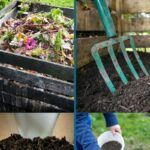
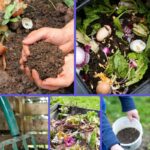
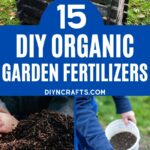
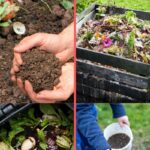
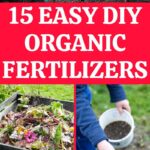
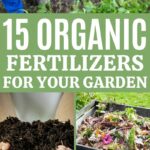
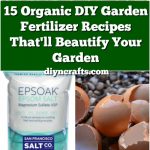
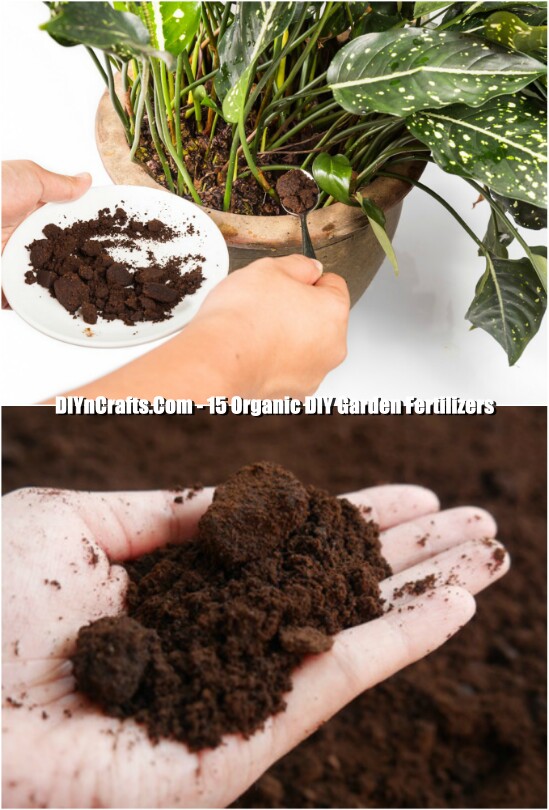
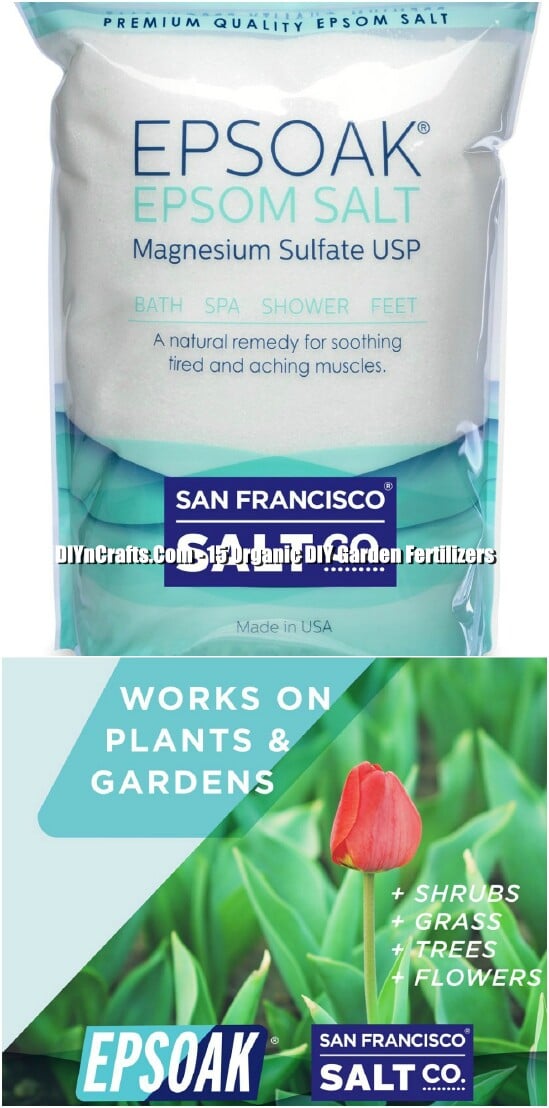
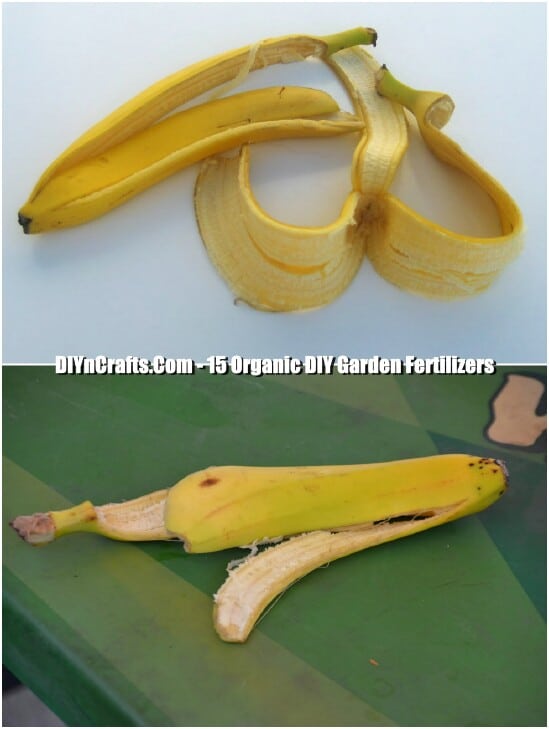
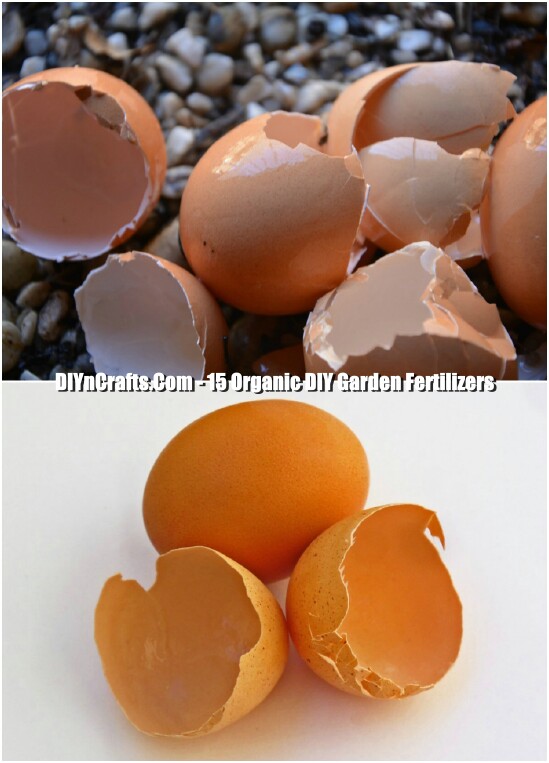
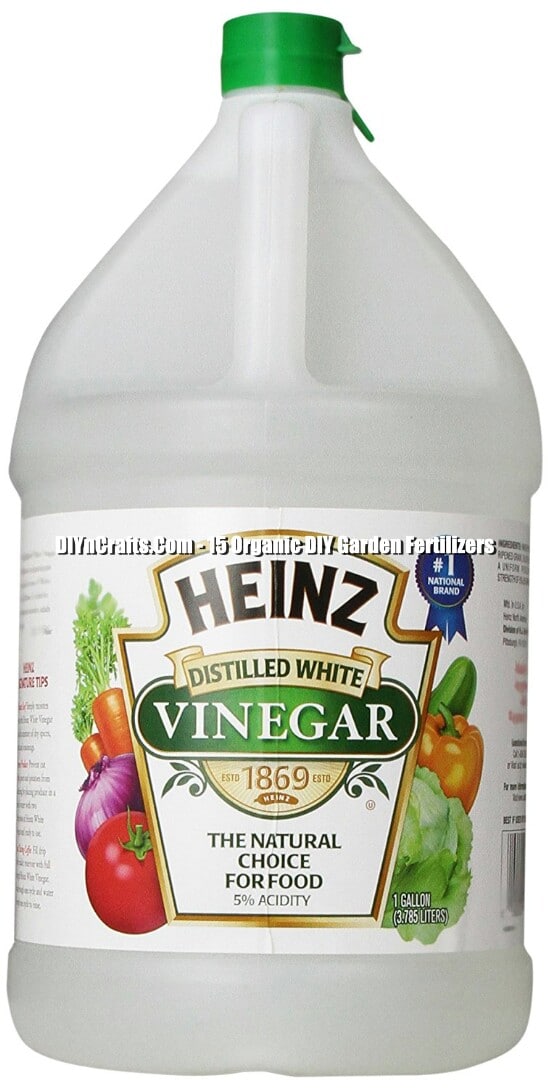

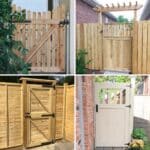
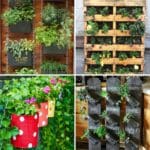

Quoigema
Hi,
I have garden space all of a sudden for the 2019 season, Yay!
And, am on a budget.
Is it possible to tell- which of the above fertilizers provide a good balance of NPK?
If I were to mix Urine, or grass clippings, for N, with bananas for P, what would be a really good source of K to balance this all out?
Jennifer
Looks like the fireplace ash has potassium
LESLIE
I know I'm a bit late to this party, but a new season is upon us, so...bananas are for Potassium, which ironically is the K in the NPK. The P is phosphorus or 'potash' which you can get from bone meal or rock phosphate, both of which are pretty inexpensive in garden stores. I'd also add in some cleaned and crushed eggshells, especially if you are going to grow fruiting crops like tomatoes, peppers and squash. They have lots of calcium to help resist blossom end rot, and many other trace minerals. And finally, the epsom salt for magnesium. Very cheap at the drugstore or discounter (I hate to mention Walmart).
Sid Jay
👍
Barb
I have never heard of a lot of these. So cool because a lot of them use items I already have and could otherwise throw away. Great way toe recycle
Wolfgang
Boil the bones for two days? Is that a typo?
Paula
No not a typo. Start to boil the cleaned bones in the morning... Turn it off over night then continue to simmer for another day.... This breaks down the bones to be soft enough to grind or blend into a powder for the garden.
Sam
Nearly a year later but just to wade in, i can get chicken bones to a blendable state in a instant pot/pressure cooker in a bout 4hr on high
Gems Rose
Wow! These are amazing tips. Thanks so much. I was having a bit of a problem with my tomatoes a couple of days ago. So you really saved me and my plants.
Lilly song
Sid Jay
Thanks for the tips
Rosaliza Julao
Your site is a very giving and extremely informative. Such a wealth of knowledge.
Thank you so much.
Hollis
Thankful for proper measurement of ingredients. I was just estimating before.
I am now signed up. 😊 I have ready access to all ingredients.
RAY RAY RECKER
This helped me so much! I am going to try and bring my Arugula back to life!
Lisa
Has anyone tried to make a diy fertilizer with human or animal hair?
clan
yes hair, human and animal is excellrenmt for u r plnts. and also for u r worm farm